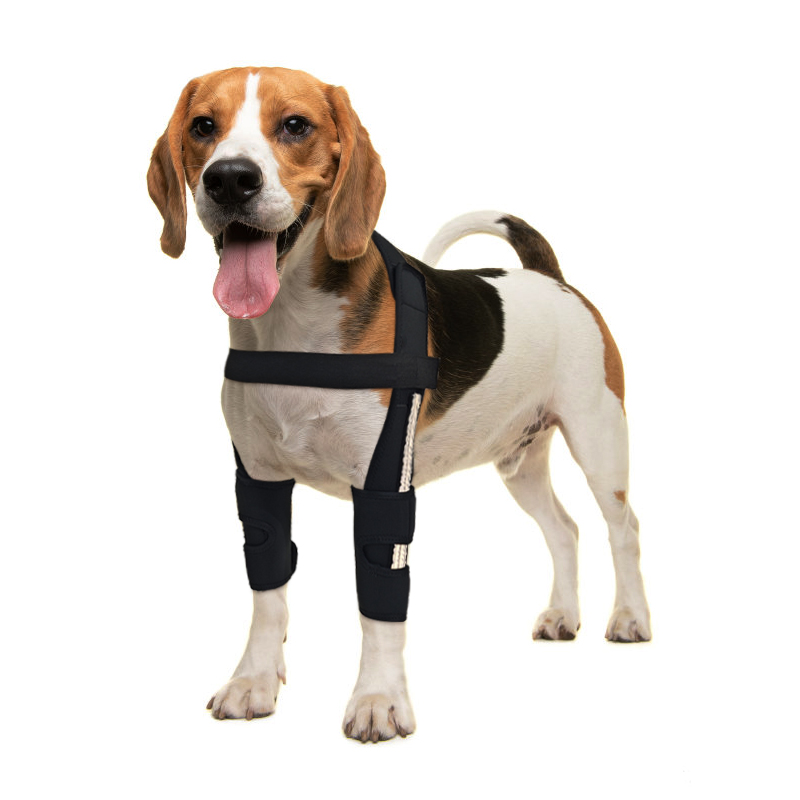Elbow dysplasia can be a significant concern for many dog owners, affecting their pet's mobility and quality of life. If your dog is diagnosed with this condition, there are several ways you can help manage their symptoms effectively.
1. Consult Your Veterinarian: The first step is to work closely with your veterinarian. They can provide a proper diagnosis and tailor a treatment plan specific to your dog's needs.
2. Weight Management: Keeping your dog at a healthy weight is crucial. Excess weight can put additional strain on their joints, worsening the condition. Talk to your vet about the right diet and portion sizes.
3. Supportive Devices: Consider using a specialized solution like a dog elbow brace. An elbow dog brace can provide stability and support, helping to alleviate pain and improve mobility. These braces are designed specifically for dogs with elbow dysplasia, offering targeted relief.
4. Physical Therapy: Engaging in physical therapy can strengthen the muscles around the elbow and enhance flexibility. Look for a certified canine rehabilitation specialist to guide you through appropriate exercises.
5. Joint Supplements: Adding joint supplements that contain glucosamine and chondroitin can support joint health and may help reduce the symptoms associated with elbow dysplasia.
6. Pain Management: Your vet may recommend medications to manage pain and inflammation. Regular check-ups will help adjust these treatments as needed.
7. Gentle Exercise: While high-impact activities should be avoided, gentle, low-impact exercises can be beneficial. Regular, controlled walks can help maintain joint function without overexerting your dog.
8. Comfort at Home: Create a comfortable resting area for your dog with supportive bedding. Orthopedic beds can help alleviate pressure on their joints.
Incorporating an elbow dysplasia brace for dogs can make a significant difference in your pet's comfort and mobility. By following these steps and maintaining a proactive approach, you can greatly improve your dog's quality of life despite the challenges posed by elbow dysplasia. Always consult your veterinarian for personalized advice and recommendations.



0 Comments